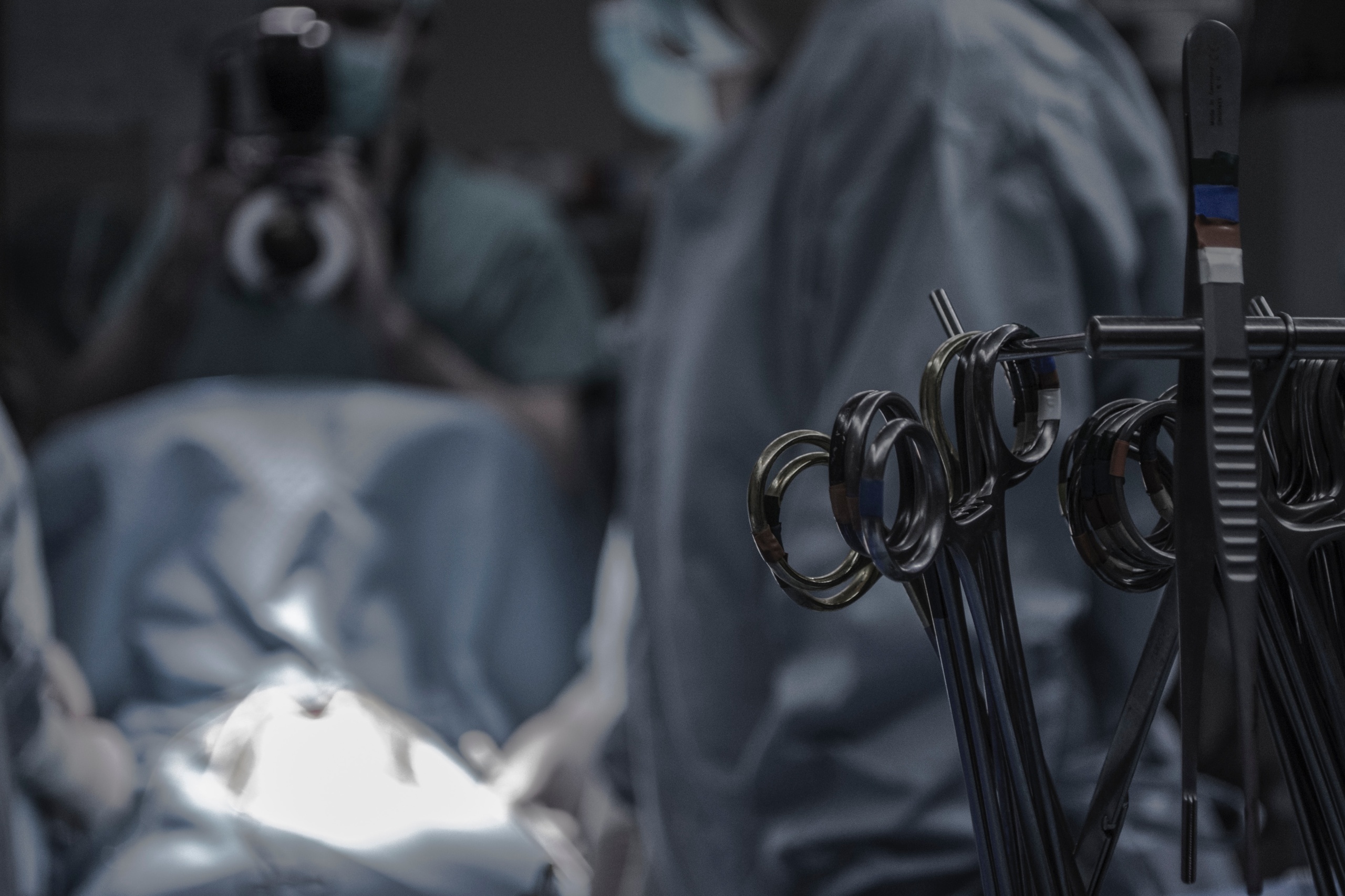Over the past few decades, the world of healthcare has been in a constant state of transformation. One of the most pronounced shifts we’ve witnessed is the gravitation towards home-based care, reflecting a paradigm change in how we perceive health and well-being. Historically, hospitals and medical facilities were the undisputed epicenters of healing. They were synonymous with advanced care, state-of-the-art equipment, and specialized expertise. But as the years unfolded, the healthcare community started acknowledging a simple, yet profound truth: healing is as much about the environment as it is about medical interventions.
Beyond the strictures of clinical settings, homes offer a sanctuary—a space imbued with familiarity, love, and personal history. It’s where one’s heart resides, where memories are etched, and where comfort is felt most deeply. Recognizing this, modern healthcare initiatives have started valuing the therapeutic potential of the home setting, especially for post-operative recovery. Melding the precision of medical science with the emotional and psychological comfort of one’s abode creates a synergy that promotes faster and more holistic healing, making in-home care a great choice for surgical recovery.
As we embark on this discussion about in-home care’s role in surgical recovery, we must appreciate that this isn’t merely a logistical shift from hospital bed to home bed. It’s a transformative approach that prioritizes patients’ overall well-being, emphasizing that true healing is a confluence of the body, mind, and soul.
Why Home-Based Recovery?
The traditional image of recovery often evokes visions of sterile hospital rooms, constant beeping of monitors, and the distant hum of hospital machinery. While these environments are structured for optimum medical care, there’s growing recognition of the profound impact that a home setting can have on a patient’s healing trajectory.
- Emotional Well-being: The therapeutic value of familiar surroundings can’t be overstated. There’s a profound emotional anchoring that comes from being in one’s own space. The sights of family photos, the sounds of a favorite clock ticking, or even the softness of one’s own bed linen can provide a sense of normalcy amidst the disruption that surgery often brings. This emotional equilibrium is pivotal, not just for mental health, but for physiological recovery as well. Studies have shown that patients in familiar environments often report lower levels of stress and anxiety, both of which can hinder the body’s natural healing processes.
- Personalized Care: Hospitals, by design, operate on protocols and systems. While these structures ensure standardization of care, they might sometimes overlook the personal nuances of each patient. At home, care can be tailored more intimately to the individual’s preferences and rhythms. Whether it’s being able to enjoy one’s preferred meals, maintaining a specific sleep schedule, or even engaging in light, familiar activities, in-home care and home-based recovery allows for a more personalized healing journey.
- Lower Risk of Hospital-Acquired Infections: One of the practical advantages of home-based recovery is the significant reduction in exposure to potential hospital-acquired infections. Despite the best sterilization practices, hospitals are environments where various pathogens can thrive, given the congregation of diverse illnesses. At home, with the right hygiene practices and limited exposure to external pathogens, the risk of acquiring secondary infections diminishes.
- Empowerment and Autonomy: There’s a unique sense of empowerment that comes from healing in one’s own space. Instead of being a ‘patient’ tethered to a hospital bed, individuals recovering at home often feel more in control of their healing process. This autonomy, combined with the support of in-home caregivers, fosters a more proactive attitude towards recovery, where individuals are more inclined to adhere to rehabilitation exercises, medication routines, and other post-operative directives.
Types of Surgeries Needing Home Care
Recovery is a crucial phase after any surgery, and the setting in which this recovery takes place can greatly influence its success. While almost any surgical procedure can benefit from home-based care during the recovery phase, certain surgeries, given their nature and post-operative demands, make in-home care almost indispensable.
- Back Surgeries: The human spine is a complex structure, and surgeries involving it can be intricate. Procedures such as cervical spinal fusions, discectomies, and spinal decompressions require significant downtime and careful post-operative care. The recovery phase can be marked by restricted mobility, pain management needs, and specific positioning requirements, all of which can be more comfortably managed within a home setting.
- Plastic Surgeries: The world of plastic surgery is vast and varied. Each procedure, though aimed at enhancing or reconstructing physical appearance, comes with its unique set of post-operative needs.
- Rhinoplasty: Often termed a ‘nose job’, this surgery modifies the shape or function of the nose. Post-operative care often involves managing swelling, ensuring proper positioning to avoid pressure on the nose, and monitoring for any complications.
- Brazilian Butt Lift (BBL): This procedure involves transferring fat from one part of the body to the buttocks to enhance its shape. Recovery can be a delicate process, with patients advised to avoid sitting directly on their buttocks for a few weeks and to wear special compression garments.
- Mommy Makeover: A mommy makeover is a comprehensive suite of procedures aimed at restoring a woman’s body post-pregnancy. This can include tummy tucks, breast augmentations, or lifts, and sometimes liposuction. Given the extensive nature of these combined surgeries, the recovery phase is multi-faceted, often requiring careful pain management, wound care, and mobility assistance.
- Facelift: Designed to combat signs of aging by tightening skin and tissues of the face. The post-surgical phase often involves managing facial swelling, ensuring incisions remain clean, and avoiding certain facial movements to promote healing.
- Cardiac Surgeries: Procedures involving the heart, like bypass surgeries or valve replacements, require meticulous post-operative care. Given the vital nature of the organ involved, recovery at home under the watchful eye of professional caregivers ensures that any signs of complications are promptly addressed, and the patient’s overall well-being is prioritized.
- Orthopedic Surgeries: Procedures like hip or knee replacements, rotator cuff repairs, or fracture fixations can render patients with limited mobility during the initial recovery phase. In-home care can assist with mobility exercises, pain management, and ensuring that the patient’s daily needs are met without straining the operated areas.
A Holistic Approach to Surgical Recovery: Bridging Medical Precision with Home Comfort
In the vast landscape of healthcare, surgeries stand out as momentous events — turning points that can restore, enhance, or even save lives. Yet, the act of surgery itself is only one chapter in the larger narrative of healing. The post-operative phase, often eclipsed by the prominence of the surgery, is just as crucial. It’s a time of vulnerability, where the body musters its resources to heal, and the mind grapples with the changes and challenges that come with it.
Embracing a home-based recovery model is a testament to our evolving understanding of holistic health. By moving away from the stark, impersonal environments of hospitals and integrating the warmth and familiarity of home, we’re acknowledging that recovery isn’t just a physical journey. It’s an emotional, psychological, and even spiritual one.
This shift doesn’t diminish the importance of medical expertise. On the contrary, it enhances it. Surgeons lay the foundation for healing with their skills, precision, and knowledge. But it’s in the embrace of one’s home, supported by dedicated caregivers, where this healing truly blossoms. The expertise of professionals melds seamlessly with the comforts of home, creating an environment where patients don’t just recover — they thrive.
In this harmonious blend of surgical expertise and top-notch in-home aftercare, patients and caregivers alike find a blueprint for the future of healthcare — one that prioritizes the human experience just as much as medical outcomes.




